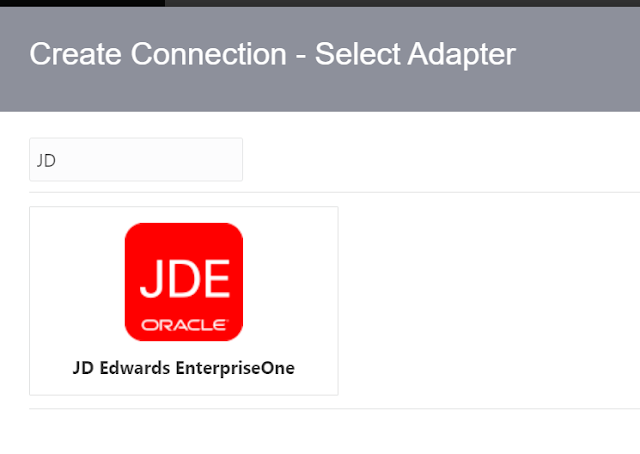I recently did an OIC bootcamp, oh man. There was so much I liked about the product. In terms of an integration platform - it seemed to be really well thought out. I love the fact that you could add human interfaces to integrations to make decisions. That's right - web forms and human interaction on the fly for an integration! That is nice.
I also really liked the native connections to VBCS and the fact that if you were running cloud ERP of any of the other oracle cloud products - it seems silly if you are not using Oracle Integration Cloud as part of (or all of) your integration solution. So much so that we are strategically recruiting in this space and want to own customers cloud ERP integrations.
Though, this is a JDE blog and I want to comment on the JDE connector that is available with OIC... I was just about to start writing accelerators for linking Cloud ERP data with JDE data. I was ready to create synchronisation of popular transactions - potentially starting with financials. This was going to be the foundation of capability. Modernising my teams consulting skills from JDE to Cloud ERP. An accelerator for customers to migrate their data and run things SBS - side by side.
Then, it hit me...
Nice interface... Love the drag and drop. Love the fact that the orchestration studio developers MUST be working with the OIC team, because this all looks too cool and too similar!
But, I digress.
I want to create a connection and I need to use an adapter (of course, an API is harder to create and the generic rest connector looks way too "RESTY" to me (and if you know JDE's implementation of rest, you will support me here).
Looking at the details of this connect (can't WAIT to paste in my discovery URL or perhaps the swagger or OpenAPI definitions of all the orchestrations I want to call...).
Getting excited...
Nearly there!
Huh?? WSDL?? SOAP... BSSV... Oh no... I'm crying all over my plans to take over the world...
I need to get my team to write a connection to REST-ify calls to JDE. This could be done.
If you need to expose some relative resource URIs and wrap them up into some funky orchestration calls... Otherwise this is not going to be an amazing integration.
Anyway, I'm going to fight the good fight with the REST connection to see if I can get some orchestration calls working. I'll be sure to post how I go.
But, OIC - please modernise your connector for JDE to support orchestrations. PowerApps does it SOOOO nicely. I know powerApps is not an integration platform, but you know what I mean.









